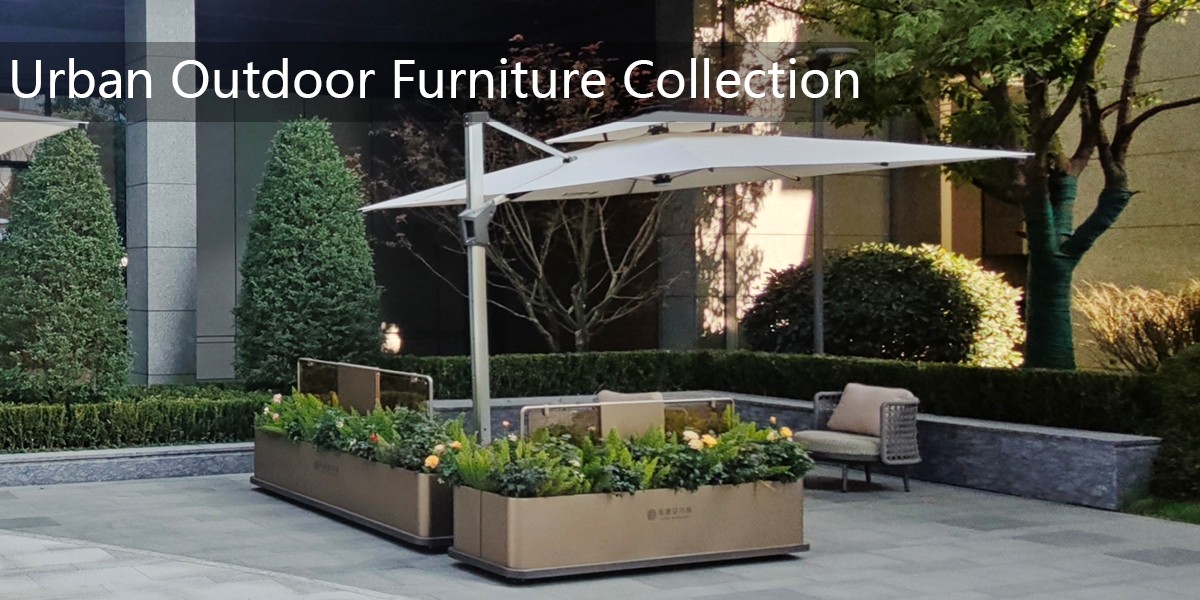Outdoor sculptures often draw inspiration from the natural world, and chelicerates—a group of arthropods including spiders, scorpions, and horseshoe crabs—have become a fascinating subject for artists. These creatures, with their intricate anatomy and symbolic depth, offer a unique blend of beauty and intrigue, making them ideal for public art installations.
Artists use chelicerates to evoke themes of resilience, mystery, and ecological balance. For example, large-scale spider sculptures, like Louise Bourgeois’ iconic "Maman," transform urban spaces into thought-provoking environments. The delicate yet powerful forms of scorpions or horseshoe crabs can also serve as metaphors for human experiences, such as strength and adaptability.
Materials like bronze, steel, or recycled metals are commonly used to craft these sculptures, ensuring durability while capturing the intricate details of chelicerates. By integrating these creatures into public art, sculptors not only celebrate biodiversity but also spark conversations about humanity’s relationship with nature. Whether realistic or abstract, chelicerate-inspired sculptures leave a lasting impression, enriching outdoor spaces with their artistic and symbolic presence.


